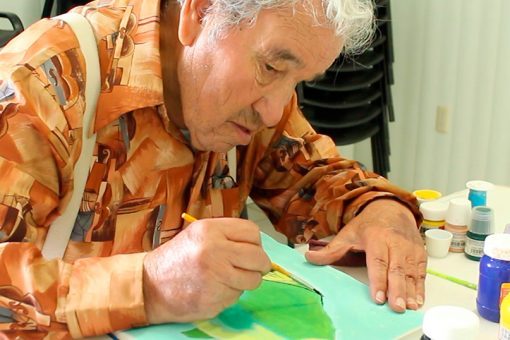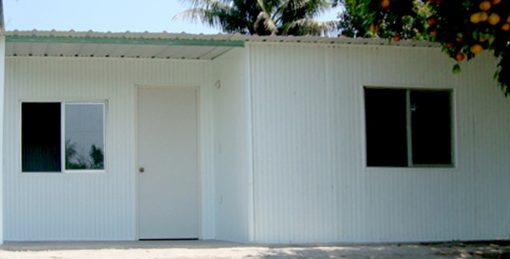
Social infrastructure and its noble task in society
The social infrastructure is made up of spaces dedicated to the creation, strengthening and sustainability of spaces for exchange and enrichment of communities, as meeting points for the different creators and cultural managers and places for coexistence and social inclusion. All this, based on the principle of effective decentralization and the generation and installation of local capacities, promoting the sustainability of artistic and cultural practices of the different communities.
It arises with the purpose of reducing the existing inequality in terms of cultural development, and to take advantage of or create spaces dedicated to art, culture and even promote the local economy.
Economic resources are allocated to finance cultural projects whose purpose is to rehabilitate, build, equip and provide cultural programming, spaces destined for artistic and cultural activities such as: houses of culture, cultural centers, artistic training and production centers, libraries, museums, historical archives, theaters, among others.
Within the purposes of the development and promotion of the social infrastructure, it manages to open spaces of opportunity to develop abilities and skills of children, youth and adults, through theater workshops, leisure, cultural and recreational activities, as well as the practice organization of the most popular sports disciplines in urban and rural communities.


